The One Big Beautiful Bill is now law, bringing an expedited end to key clean energy tax credits while also imposing restrictions on components sourced from China.
At every sector, solar installations are expected to take a hit. From utility-scale projects to community solar, energy storage, residential solar and the businesses that support and supply these projects, the untimely end of tax credits is a headwind to navigate.
Tax credit eligibility is also denied to projects that exceed thresholds of components or investment from foreign entities of concern (FEOC), placing further pressure on both project developers and manufacturers.
The policy outcome causes pain for clean energy investors and the communities that created jobs or expected more job creation, particularly in Republican districts. Since the tax credits were enacted by the Inflation Reduction Act of 2022, over 224 projects totaling nearly $110 billion in investment and leading to over 83,000 jobs were announced in Republican voting districts, according to E2. This was roughly 80% of the expected economic boom onset by the Biden-era industrial policy. Even before the bill was passed, the looming threat of cuts led to billions in project and factory cancellations, with more likely to come.
Despite the stranded investment, Lazard analysis found that solar levelized cost of electricity beats the lowest-cost fossil fuel for new-build projects, even without tax credits. Solar represented 77.7% of new capacity added to the grid thus far in 2025, and with electricity demand expected to rise, the fundamentals for solar are still strong.
pv magazine USA published a list of industry reactions from leading trade organizations shortly after the bill passed. Below are reactions from solar industry businesses and organizations directly supporting those businesses.
Emily Walker, director of insights, EnergySage
“This bill doesn’t just eliminate clean energy tax credits prematurely—it will kill thousands of jobs, crush small businesses, and make home energy more expensive for millions of Americans. Clean energy is the only viable energy future—one that is sustainable, affordable, and provides the abundance of energy the world needs… In the short term, we will help as many American homeowners as possible go solar before the tax credits expire at the end of this year. Beyond that, we will serve the millions of homeowners for whom solar remains a smart investment and an important act of independence from rising utility rates.”
Richard Lu, chief executive officer, SolarBank
“SolarBank is prepared. We have enough advanced-stage projects we can get into construction before the deadline to take advantage of the tax credits. March 2025 marked the 19th consecutive month that solar was the largest source of new electrical capacity in the U.S. As costs continue to fall, and with superior speed to market, in my view there remains a bright future for solar and battery storage projects.”
Rodolfo Bitar, vice president of business development PV Hardware USA
“PVH USA remains committed to the U.S. solar energy market, which has demonstrated its resilience in the past and remains a vital and growing part of the country’s energy sector. The decision to locate PVH USA’s factory in Houston was no accident. The city and region have historically been an energy hub for progress in the country, and that is still the case today. Similarly, our dedication to serving the U.S. solar market is unchanged and is as strong as it was the day we opened our factory more than one year ago.”
Brett Henderson, chief executive officer, SPR
“This isn’t the first setback the solar industry has faced—and history shows that each time, it pushes forward stronger. At SPR, we remain fully committed to investing in the future of solar. We’re continuing to scale our operations, with plans to open a new regional recycling facility in 2025 and another in 2026, creating jobs and expanding USA-based recycling capacity at a time it’s needed most. We’ve built our business on innovation and we’ll continue to invest heavily in R&D and advanced recycling technology to support this industry at scale.”
Chris Hopper, chief executive officer, Aurora Solar
“Solar is one of the fastest, most scalable solutions for strengthening America’s energy resilience. Weakening incentives will slow our ability to meet demand, especially as AI and electrification accelerate energy use nationwide. Without solar, we risk overreliance on more expensive energy sources that take longer to bring online, compromising our economic competitiveness. While this is not the outcome we hoped for, we remain committed to our mission and to working with policymakers, partners, and our peers to continue building a cleaner, more resilient energy future.
Charlie Lord, managing principal, Renew Energy Partners
“Even as policy landscapes shift, demand for energy efficiency and distributed clean energy keeps growing, driven by grid constraints and AI growth, rising electricity costs, the attendant need for predictable energy costs, and the need for resiliency. The continued support for battery energy storage systems (BESS) and geothermal through the Investment Tax Credit is a critical signal that technologies enabling decarbonization and cost savings are here to stay.”
Keith Martin, partner, Norton Rose Fulbright on the Currents podcast
“In the short term, we’re all going to be extremely busy trying to get projects going at the outset of July 4, 2026. After that, I think people will have their heads down trying to develop and build these projects, finance them. There’ll be a distant place and service date for those… So I think we’ll do fine. Eventually there will be a new administration. Maybe people will be more concerned about climate change. We’ve seen this play before. These tax credits started in 1992 and they have expired, been restored, expired, been restored. So it’s perfectly possible we’ll see that again.”
This content is protected by copyright and may not be reused. If you want to cooperate with us and would like to reuse some of our content, please contact: editors@pv-magazine.com.
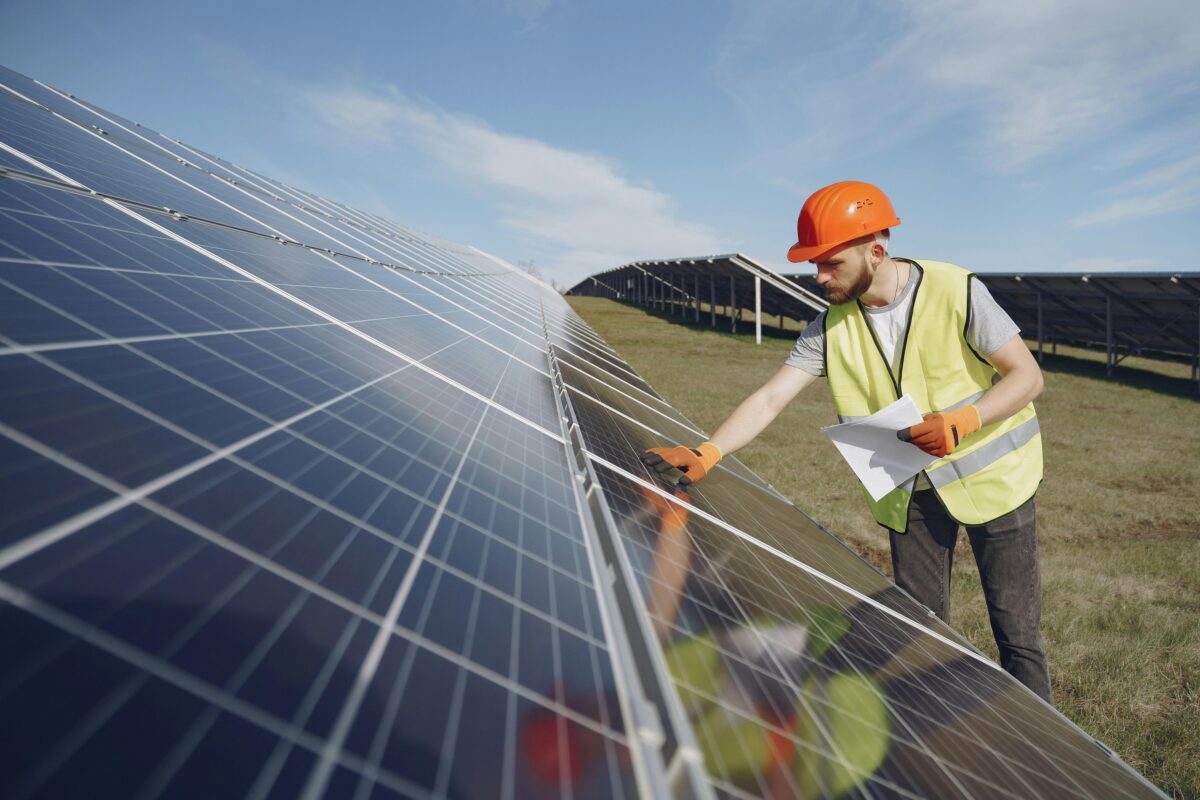
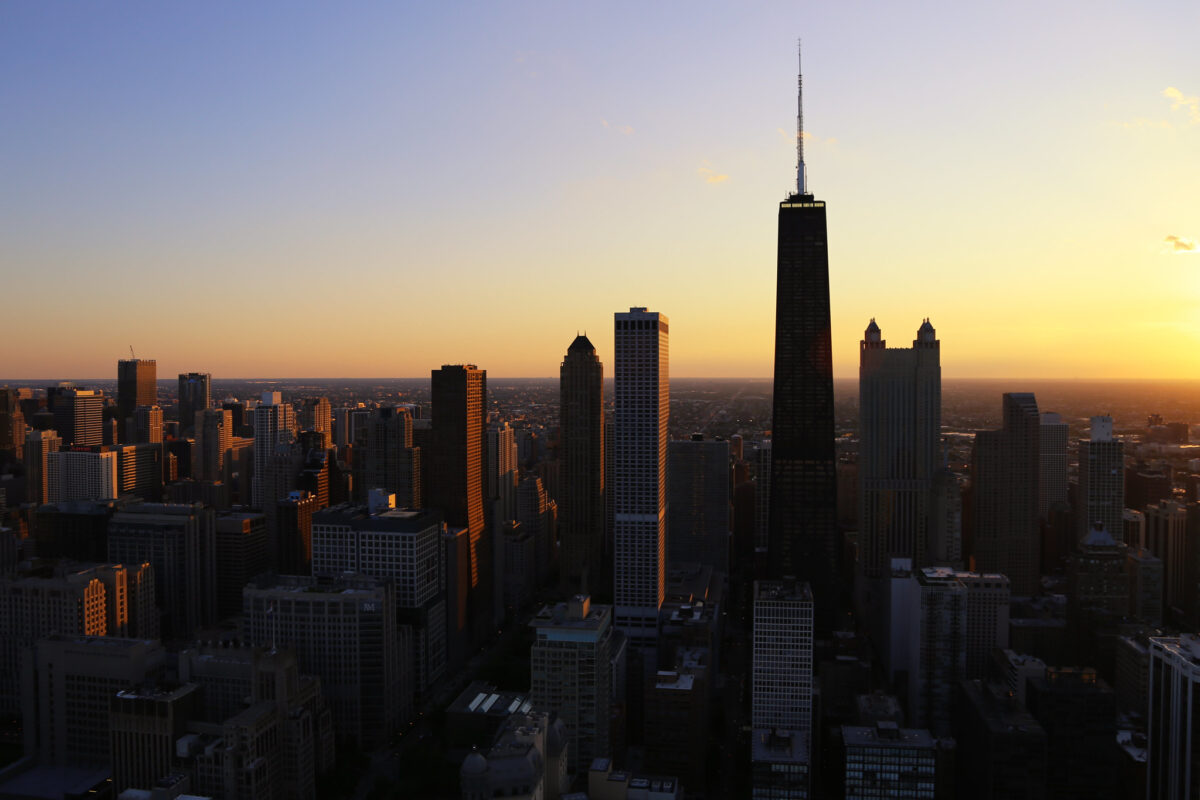



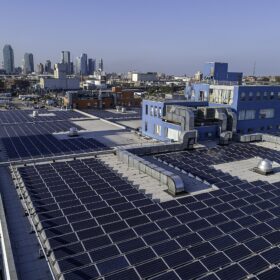

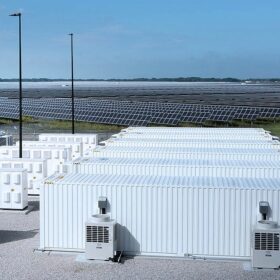
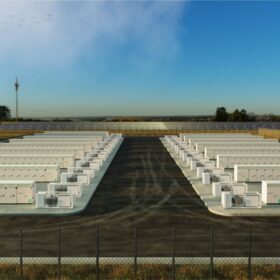
Only half the solar industry helped reduce the cost. All the manufacturers help and reduce the cost of their products. Sadly, it’s the solar installer that Jack the prices up to unreasonable levels!!! They’re the ones that did not help reduce the cost of solar installations… They took advantage of the 30% solar tax credit… That 30% was not for them to use. It was for the customer so now sadly they’re going to pay the price and most of them are going to lose and go out of business…
Why should the solar energy industry receive advantages like these tax incentives. If it is such a great thing it should thrive without incentives
Maybe if there was a product that actually worked without the necessity of partnering with local utility pirates and lasted longer than it takes to pay for it, chances are it wouldn’t be cancelled. The solar industry cut its own throat for a few dollars and sold the US down the river. This COULD have been a good thing…but it isn’t. It doesn’t help Americans in its present state